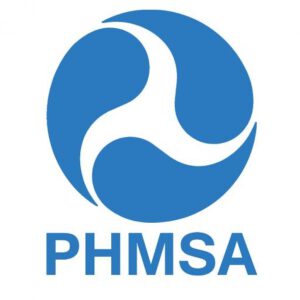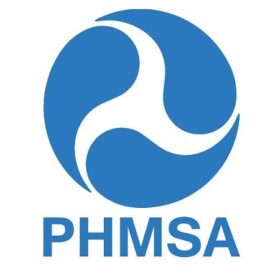
Annual Report: Part C
Volume Transported by Transmission Lines
INGAA recommends the elimination of Part C-Volume Transported by Transmission Lines. In its November 27 filing, PHMSA stated that it is requiring all gas transmission operators to submit volume data as part of the Annual Report form because the information is not readily available from FERC. INGAA would like to point out that this information is publicly available and is already collected by the Federal government. The U.S. Energy Information Administration (EIA) collects this information through an OMB-approved form, the EIA-176. The volume data is also available on the EIA’s website.4 Therefore, INGAA supports the elimination of this section of the PHMSA form to avoid a duplicative data collection.
Annual Report Instructions: Part Q
Gas Transmission Miles by §192.619 MAOP Determination Method
PHMSA should consider modifying the instructions for Part Q to provide clarity to the reporting requirement. These instructions should emphasize that operators should only report miles for the MAOP determination method they used, rather than each possible MAOP determination method available under 49 C.F.R. § 192.619. Specifically, on page 17 of the Annual Report Instructions, PHMSA should change the reference from “each MAOP determination method” to “the MAOP determination method”. This clarification will eliminate any confusion in reporting the required miles. The new language is consistent with the other Part Q instructions.
In addition, INGAA continues to support the elimination of “traceable, verifiable, and complete” to describe MAOP records (see page 18 of the instructions). In response to INGAA’s concerns, PHMSA stated that this phrase provides guidance to operators to meet the requirements of 49 U.S.C. § 60139. However, INGAA disagrees. This term is not explicitly included in Section 60139 and the introduction of it in the Annual Report instructions, even as a permissive requirement, creates a new standard for records. INGAA recognizes that all operators should have records that reflect the operating characteristics of their pipelines; however, PHMSA should not introduce a new standard for records in the Annual Report that is not part of the pipeline safety regulations or the governing statute.
Incident Report Form: Part C
Additional Facility Information-Item 3(a)-(h)
In its comments on the Incident Report form in 2012, INGAA requested that PHMSA apply the girth weld data requirements to all pipe and joint welds (girth, butt, and fillet).5 While girth welds are the predominant weld failure type, collecting additional data on other weld types could be valuable. In response to these comments, PHMSA declined to make this change, noting the additional resources involved to modify its Incident Report Form. PHMSA tabled INGAA’s suggestion for the 2013 review.
In its 2013 comments, INGAA again raised this point. In response, PHMSA stated that it did not have the resources to expand the form and accommodate the additional data. PHMSA also stated that they did not see “a compelling reason” to collect this type of data.
INGAA acknowledges PHMSA’s resource constraints but encourages the agency to consider collecting this type of data in future reporting forms.
Thank you for considering our comments. Please contact me if you have any questions.







